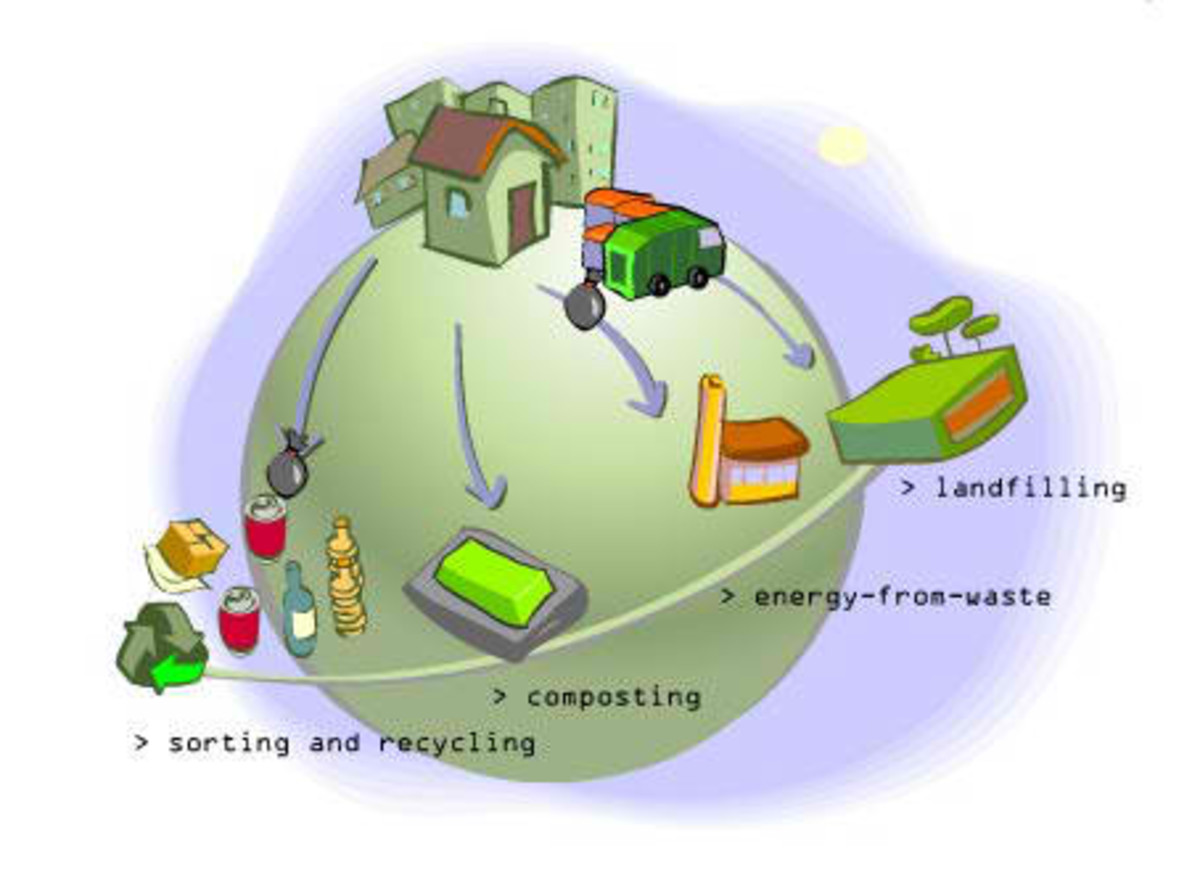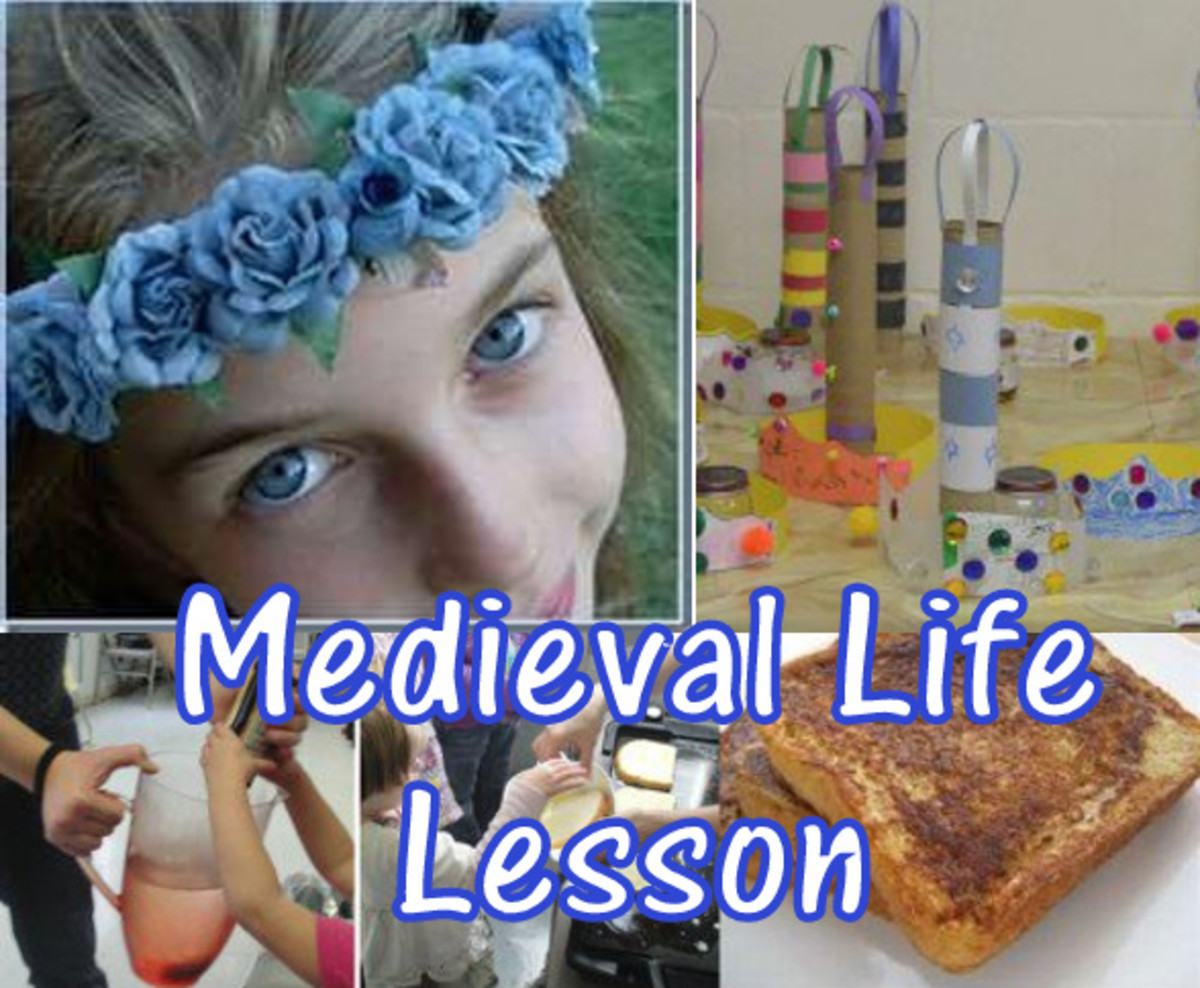Being An Innovative Instructor

Introduction
An Innovative Instructor is one who can take a lump of coal and see the diamond in the rough. He/she has the insight to recognize brilliance in a student no matter how mundane that student may seem. The Innovative Instructor uses the imagination as a vehicle of transporting students to undiscovered lands of learning. These type of teachers get their creativity naturally and not from what they learned in college.
The first step in becoming a more evolved instructor is to plan a method of review that will give you thorough and accurate information about your strengths and weaknesses. This insight should allow you to examine what works and what needs to be either cast away or modified.
This article is designed to give you skills in planning and implementing a method of review that is logical, usable, and capable of assisting you in becoming a progressive instructor in your teaching techniques on a continuing basis. Your development as an evolved teacher in turn enhances student learning and improves the feedback you receive.

Follow the Road that Leads to Being an Innovative Instructor
Gauging your evolutionary progression can be reviewed in two major ways:
1. Methodology
2. Outcome of Instruction
-
Methodology involves assessing your ability to establish goals; plan lessons that meet those goals; select or prepare appropriate instructional materials, and use effective teaching methods.
-
Outcome of instruction involves quantifying the consequences of instruction in terms of student achievement.
Valuation of instructional effectiveness should examine both of these aspects of instruction.
Before any appraisal efforts are undertaken, you need to carefully plan how you will gather feedback and from whom. Evaluations should be based on information obtained from a variety of sources.

Feedback Sources
-
Teachers—other teachers can suggest additional materials you could use or alternative methods and techniques that seem to work. If an individual student is causing problems, other teachers may be able to tell you whether that student’s behavior is unique to your class, and you may be able to draw on their experience in helping you to solve the problem.
-
Students—your students observe you daily at close range, over an extended period of time. They are in the best position to see your overall performance, and they know whether they are motivated by your lessons and whether they feel they are making progress. Student performance is the ultimate test of teacher effectiveness, measuring that performance is a key source of feedback on your effectiveness. The feedback can reveal whether students are responding to you as a teacher and grasping the information presented in your lessons.
-
Department Supervisor—such persons have a level of expertise, experience, and objectivity that can be of great potential help to you as a teacher. They are in an excellent position to assist you in identifying ways to overcome instructional weakness.
-
You—you are also an excellent source of feedback. You know better than anyone else does what your goals and objectives are. Through the process of self-evaluation, you can evaluate how well you are meeting those goals and objectives. Critical self-evaluation may also reveal areas of strength that you can capitalize upon and areas of weakness that you need to work on.

Appraisal Methods
-
Interpretations
-
Specifications
-
Interpretations—in most institutions, administrators are required to observe each of their instructors, or each new instructor, a certain number of times during the year and give their interpretation. This need not be a threatening situation. If you are putting effort into the planning and execution of your lessons and are open to suggestions for improvement, such observations can be productive and helpful.
-
Specifications—individual institutions, districts, and states often prepare such checklists with specifications for what is required of their instructors to be used with and by their own educators. In using prepared specification checklists; each form describes what experts in the field have decided is necessary in becoming a fully efficient and effective instructor. The results of such devices should be considered together with feedback from other sources.
Similar checklists can be used to have students review your performance. When asking students to gauge your teaching presentation, it is important to explain to them why it will be helpful to you. Included is a sample checklist.

Student Reaction Questionnaire Summary
1. Are the explanations given by the teacher clear? No\Yes\ Sometimes
-
Does the teacher display knowledge of the subject? No\Yes\Sometimes
-
Are the presentations made by the teacher interesting? No\ Yes\ Sometimes.
-
Does the teacher use audiovisual material to clarify difficult parts of a topic? No\Yes\ Sometimes
-
Are the assignments directly related to the presentations? No\Yes\ Sometimes.
-
Are the tests given by the teacher fair? No\Yes\ Sometimes
-
Are the test results given to the students? No\Yes\ Sometimes
-
Do the tests cover the information presented by the teacher? No\Yes\ Sometimes
-
Is the grading system fair and clear? No\Yes\Sometimes
-
Are the tests very difficult? No\Yes\Sometimes

In Summation
Most people undertake the career of teaching because they desire to make a positive difference in the way others learn. Just like doctors, it is a practice that should improve as you discover new methods of enhancing the learning experience.
A plant that is undernourished will become ineffective and eventually cease to live. A teacher who does not progress past rudimentary teaching techniques will become stagnant and cease to be effective. Are you a progressive instructor?
The Constant Evolution of Teaching
Are you an Evolving Instructor?
© 2014 Jacqueline Williamson BBA MPA MS








